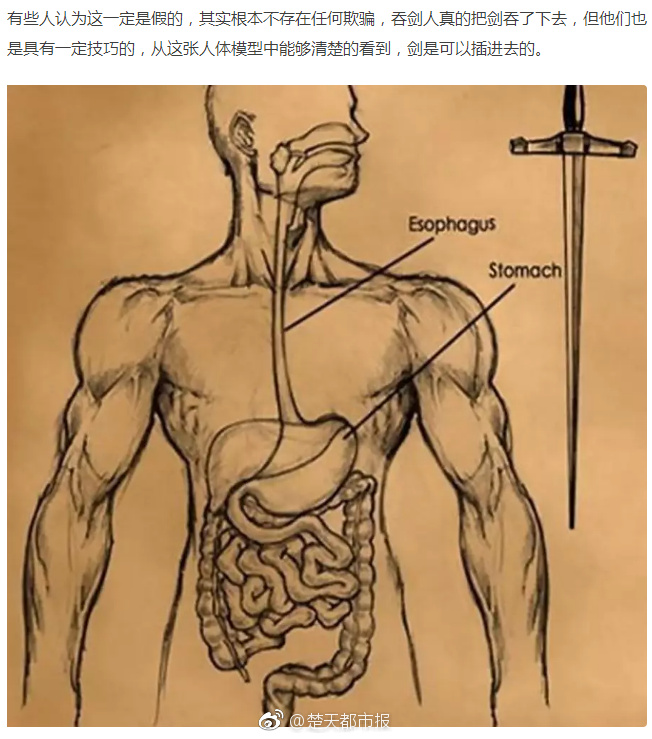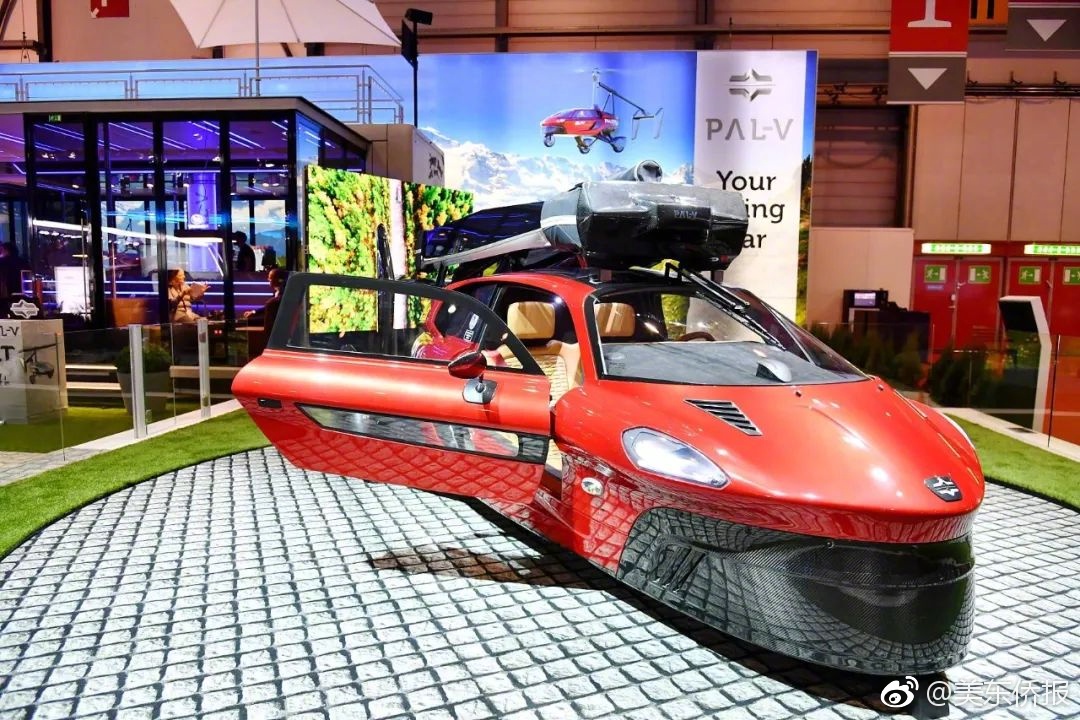
1. So, the current power batteries are roughlyThe following are ternary lithium batteries, lithium iron phosphate batteries, lithium cobalt batteries, nickel-metal hydride batteries and solid-state batteries. Among them, new energy trams generally use ternary lithium batteries and lithium iron phosphate batteries, which is the so-called "double hegemony".
2. The battery types of new energy vehicles are as follows: lead-acid batteries: lead-acid batteries have low cost, good low temperature, and high cost performance. Low energy density, short life, large volume and poor safety. Electric vehicles, as power, cannot have good speed and high range due to low energy density and service life. They are generally used for low-speed vehicles.
3. The types of new energy vehicle batteries are mainly: lithium-ion batteries, nickel-metal hydride batteries, fuel cells, lead-acid batteries and supercapacitors. Lead-acid batteries: Lead-acid batteries have a history of more than 100 years and are widely used as the starting power source for internal combustion engine vehicles.

So, the current power battery is roughly There are the following types, namely ternary lithium batteries, lithium iron phosphate batteries, lithium cobalt acid batteries, nickel-metal hydride batteries and solid-state batteries. Among them, new energy trams generally use ternary lithium batteries and lithium iron phosphate batteries, which is the so-called "double hegemony".
Hello, it's my pleasure to solve for you that there are five main types of new energy vehicle batteries, which are: lithium cobalt acid batteries, lithium iron phosphate batteries, nickel-metal hydride batteries, ternary lithium batteries and graphene batteries. The advantages and disadvantages of these five batteries will help you outline the solution
The types of new energy vehicle batteries are mainly: lithium-ion batteries, nickel-metal hydride batteries, fuel cells, lead-acid batteries and supercapacitors. Lead-acid batteries: Lead-acid batteries have a history of more than 100 years and are widely used as the starting power source for internal combustion engine vehicles.
New energy vehicle batteries are mainly divided into the following categories: Lithium-ion Battery: One of the most commonly used battery technologies at present, with the characteristics of high energy density, long life and low self-discharge rate. Lithium-ion batteries are widely used in electric vehicles and hybrid vehicles.
Power batteries for new energy vehicles mainly include lead-acid batteries, nickel-metal hydride batteries, lithium batteries and hydrogen fuel cells. At present, lithium batteries have great advantages in terms of energy density, life and environmental protection performance, and are the first choice for power batteries.
Power batteries that can be used for new energy vehicles often have three classification methods according to the characteristics of positive and negative electrode materials and electrochemical components.
Motor technology: New energy vehicles use motors to drive tires, and the efficiency and reliability of the motor have a direct impact on the performance and life of the vehicle. Control technology: The control technology of new energy vehicles mainly includes battery management system, motor control system, on-board communication system, etc. These systems can monitor, control and optimize management of vehicles.
In terms of the cost composition of new energy vehicles, the battery drive system accounts for 30-50% of the cost of new energy vehicles. Since the birth of electric vehicles, power battery technology has been restricting the practicalization process of electric vehicles. Improving power density, energy density, service life and cost reduction have always been the core of electric vehicle power battery technology research and development.
In general, with the continuous investment and technological innovation of the automobile industry in electric vehicles, the battery performance and safety performance of new energy vehicles in the future will continue to improve, bringing more convenient and safe choices for people's travel.
4 lithium series batteries, such as lithium-ion batteries, lithium polymer batteries and lithium-sulfur batteries.5 Manganese dioxide series batteries, such as zinc-manganese batteries, alkaline manganese batteries, etc. 6 Air (oxygen) series batteries, such as zinc air batteries, aluminum air batteries, etc.
Well, the current power batteries are roughly as follows, namely ternary lithium batteries, lithium iron phosphate batteries, lithium cobalt batteries, nickel-metal hydride batteries and solid-state batteries. Among them, new energy trams generally use ternary lithium batteries and lithium iron phosphate batteries, which is the so-called "double hegemony".
New energy vehicle power battery classification New energy vehicle batteries can be roughly divided into two categories, one is lithium iron phosphate battery (LFP) and the other is cobalt acid lithium battery (NCA, NCM). Lithium iron phosphate battery (LFP): The positive electrode material of this battery is composed of lithium iron phosphate, which is highly safe and not easy to explode and pollute the environment.
The types of new energy vehicle batteries are mainly: lithium-ion batteries, nickel-metal hydride batteries, fuel cells, lead-acid batteries and supercapacitors. Lead-acid batteries: Lead-acid batteries have a history of more than 100 years and are widely used as the starting power source for internal combustion engine vehicles.
At present, the types of batteries widely used in new energy vehicles are secondary batteries, which can be divided into lead-acid batteries, nickel-metal hydride batteries, nickel-cadmium batteries, lithium metal batteries, lithium-ion batteries, etc.
Binance APK-APP, download it now, new users will receive a novice gift pack.
1. So, the current power batteries are roughlyThe following are ternary lithium batteries, lithium iron phosphate batteries, lithium cobalt batteries, nickel-metal hydride batteries and solid-state batteries. Among them, new energy trams generally use ternary lithium batteries and lithium iron phosphate batteries, which is the so-called "double hegemony".
2. The battery types of new energy vehicles are as follows: lead-acid batteries: lead-acid batteries have low cost, good low temperature, and high cost performance. Low energy density, short life, large volume and poor safety. Electric vehicles, as power, cannot have good speed and high range due to low energy density and service life. They are generally used for low-speed vehicles.
3. The types of new energy vehicle batteries are mainly: lithium-ion batteries, nickel-metal hydride batteries, fuel cells, lead-acid batteries and supercapacitors. Lead-acid batteries: Lead-acid batteries have a history of more than 100 years and are widely used as the starting power source for internal combustion engine vehicles.

So, the current power battery is roughly There are the following types, namely ternary lithium batteries, lithium iron phosphate batteries, lithium cobalt acid batteries, nickel-metal hydride batteries and solid-state batteries. Among them, new energy trams generally use ternary lithium batteries and lithium iron phosphate batteries, which is the so-called "double hegemony".
Hello, it's my pleasure to solve for you that there are five main types of new energy vehicle batteries, which are: lithium cobalt acid batteries, lithium iron phosphate batteries, nickel-metal hydride batteries, ternary lithium batteries and graphene batteries. The advantages and disadvantages of these five batteries will help you outline the solution
The types of new energy vehicle batteries are mainly: lithium-ion batteries, nickel-metal hydride batteries, fuel cells, lead-acid batteries and supercapacitors. Lead-acid batteries: Lead-acid batteries have a history of more than 100 years and are widely used as the starting power source for internal combustion engine vehicles.
New energy vehicle batteries are mainly divided into the following categories: Lithium-ion Battery: One of the most commonly used battery technologies at present, with the characteristics of high energy density, long life and low self-discharge rate. Lithium-ion batteries are widely used in electric vehicles and hybrid vehicles.
Power batteries for new energy vehicles mainly include lead-acid batteries, nickel-metal hydride batteries, lithium batteries and hydrogen fuel cells. At present, lithium batteries have great advantages in terms of energy density, life and environmental protection performance, and are the first choice for power batteries.
Power batteries that can be used for new energy vehicles often have three classification methods according to the characteristics of positive and negative electrode materials and electrochemical components.
Motor technology: New energy vehicles use motors to drive tires, and the efficiency and reliability of the motor have a direct impact on the performance and life of the vehicle. Control technology: The control technology of new energy vehicles mainly includes battery management system, motor control system, on-board communication system, etc. These systems can monitor, control and optimize management of vehicles.
In terms of the cost composition of new energy vehicles, the battery drive system accounts for 30-50% of the cost of new energy vehicles. Since the birth of electric vehicles, power battery technology has been restricting the practicalization process of electric vehicles. Improving power density, energy density, service life and cost reduction have always been the core of electric vehicle power battery technology research and development.
In general, with the continuous investment and technological innovation of the automobile industry in electric vehicles, the battery performance and safety performance of new energy vehicles in the future will continue to improve, bringing more convenient and safe choices for people's travel.
4 lithium series batteries, such as lithium-ion batteries, lithium polymer batteries and lithium-sulfur batteries.5 Manganese dioxide series batteries, such as zinc-manganese batteries, alkaline manganese batteries, etc. 6 Air (oxygen) series batteries, such as zinc air batteries, aluminum air batteries, etc.
Well, the current power batteries are roughly as follows, namely ternary lithium batteries, lithium iron phosphate batteries, lithium cobalt batteries, nickel-metal hydride batteries and solid-state batteries. Among them, new energy trams generally use ternary lithium batteries and lithium iron phosphate batteries, which is the so-called "double hegemony".
New energy vehicle power battery classification New energy vehicle batteries can be roughly divided into two categories, one is lithium iron phosphate battery (LFP) and the other is cobalt acid lithium battery (NCA, NCM). Lithium iron phosphate battery (LFP): The positive electrode material of this battery is composed of lithium iron phosphate, which is highly safe and not easy to explode and pollute the environment.
The types of new energy vehicle batteries are mainly: lithium-ion batteries, nickel-metal hydride batteries, fuel cells, lead-acid batteries and supercapacitors. Lead-acid batteries: Lead-acid batteries have a history of more than 100 years and are widely used as the starting power source for internal combustion engine vehicles.
At present, the types of batteries widely used in new energy vehicles are secondary batteries, which can be divided into lead-acid batteries, nickel-metal hydride batteries, nickel-cadmium batteries, lithium metal batteries, lithium-ion batteries, etc.
OKX Wallet apk download latest version
author: 2025-01-10 17:25 Binance exchange
Binance exchange
612.58MB
Check Binance market
Binance market
955.92MB
Check OKX Wallet Sign up
OKX Wallet Sign up
882.36MB
Check Binance login App
Binance login App
894.21MB
Check Binance download
Binance download
437.66MB
Check Binance login
Binance login
464.24MB
Check OKX review
OKX review
636.71MB
Check Binance wallet
Binance wallet
758.63MB
Check OKX review
OKX review
399.77MB
Check Binance app download Play Store
Binance app download Play Store
494.52MB
Check Binance app download Play Store
Binance app download Play Store
891.75MB
Check Binance US
Binance US
842.91MB
Check Binance download iOS
Binance download iOS
398.44MB
Check OKX Wallet APK
OKX Wallet APK
276.32MB
Check Binance wikipedia
Binance wikipedia
924.69MB
Check OKX Wallet download
OKX Wallet download
284.79MB
Check Binance market
Binance market
742.19MB
Check Binance download Android
Binance download Android
155.23MB
Check okx.com login
okx.com login
648.51MB
Check Okx app download
Okx app download
524.63MB
Check OKX download
OKX download
114.66MB
Check OKX Wallet download
OKX Wallet download
479.49MB
Check OKX Wallet apk download
OKX Wallet apk download
976.43MB
Check Binance app
Binance app
194.59MB
Check Binance market
Binance market
695.58MB
Check Binance app
Binance app
986.85MB
Check OKX Wallet app download for Android
OKX Wallet app download for Android
362.59MB
Check OKX Wallet to exchange
OKX Wallet to exchange
349.37MB
Check Okx app download
Okx app download
399.28MB
Check Binance app download Play Store
Binance app download Play Store
367.58MB
Check OKX Wallet app
OKX Wallet app
879.59MB
Check OKX review
OKX review
149.42MB
Check Binance US
Binance US
264.56MB
Check OKX Wallet to exchange
OKX Wallet to exchange
727.52MB
Check Binance app
Binance app
737.25MB
Check Binance download Android
Binance download Android
672.69MB
Check
Scan to install
Binance APK to discover more
Netizen comments More
691 民以食为天网
2025-01-10 18:44 recommend
1304 书不尽意网
2025-01-10 17:46 recommend
2505 匹夫匹妇网
2025-01-10 17:04 recommend
64 争分夺秒网
2025-01-10 16:53 recommend
264 功高盖世网
2025-01-10 16:01 recommend